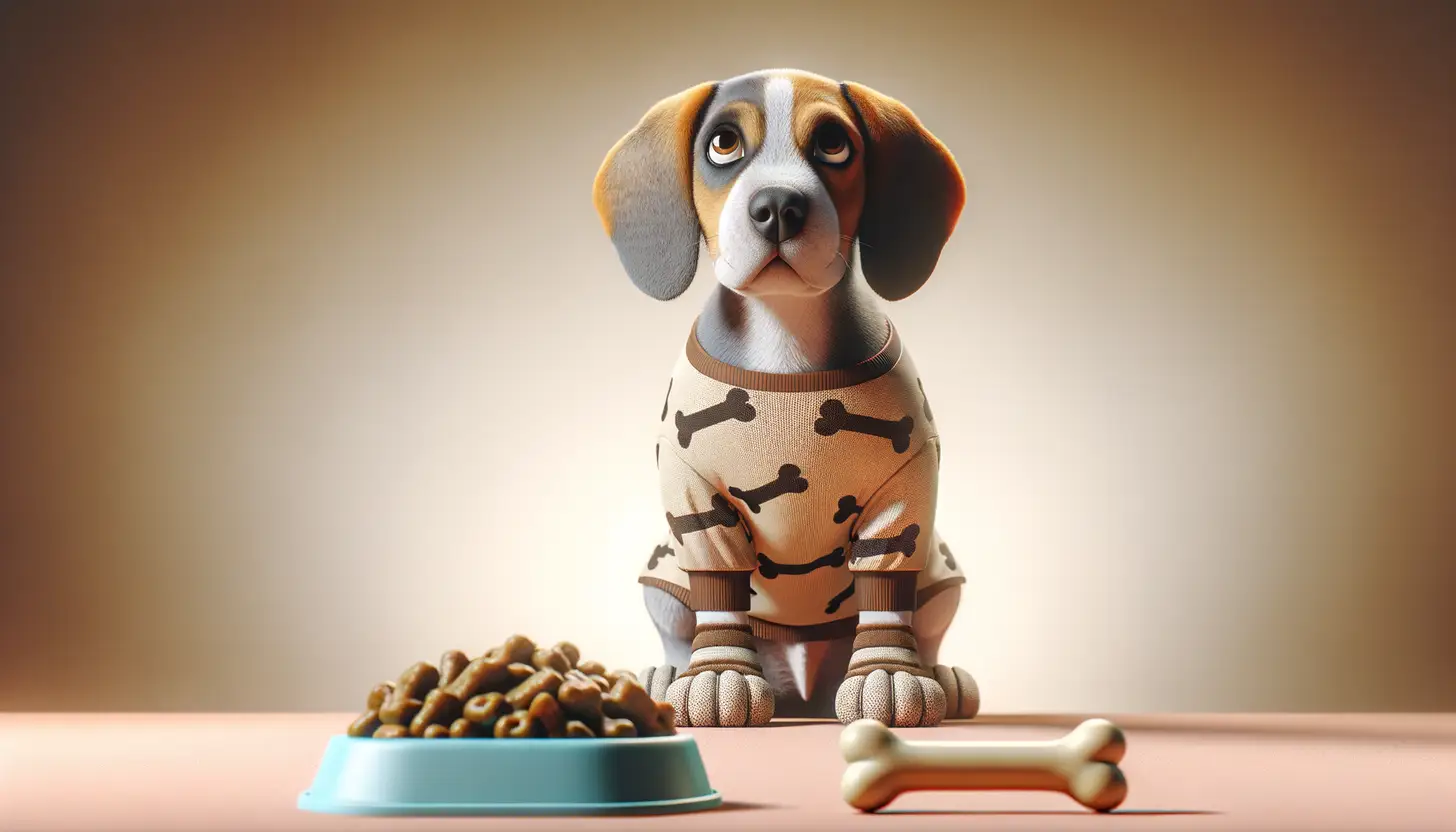
Can Dogs Eat Bones?
Dogs can indeed eat bones, but it comes with some serious caveats. Raw bones, specifically certain types like beef or lamb bones, can be safe when given under supervision. However, cooked bones are a big no-no! They can splinter and become hazardous, causing blockages or tears in your pup's intestines.

By Stefan Stumpfl, in collaboration with Dr. Ali Raza.
Updated on Jul 12, 2024
Raw bones can help keep your dog's teeth clean and provide mental stimulation.
Bones
Nutrition
Taste
Digestibility
Feeding Frequency
Allergic Risk
Benefits and Risks of Bones
Feeding your dog bones can have benefits such as helping to clean their teeth and providing mental stimulation. Yet, the risks can overshadow these benefits if not done correctly. Raw bones pose a lower risk, while cooked bones can splinter easily, leading to choking hazards or digestive tract injuries. Always supervise your dog while they're chewing on bones to avoid any mishaps.
What Bones are Safe/Unsafe?
-
Safe:
- Large, raw beef or lamb bones.
- Raw turkey necks or chicken wings (always monitor your dog).
-
Unsafe:
- Cooked bones of any kind.
- Small bones that can be swallowed whole.
- Bones from fish, pork, or fowl that can easily splinter.
Other Products Containing Bones?
Many commercial dog chews or treats are designed to be safe substitutes for bones:
- Rawhide chews: Some can pose choking risks, so select high-quality, easily digestible versions.
- Dental chews: Designed to clean teeth without the risks associated with real bones.
- Meaty bone replicas: These are made from durable materials and offer a safe alternative.
How to Feed Bones to Your Dog?
If you decide to give your dog bones, make sure they're raw and sourced from a reputable butcher. Opt for large bones that are less likely to splinter. Always supervise your dog while they're enjoying their bone, and take it away if it shows signs of breaking down or becoming small enough to swallow.
Common Misconceptions
A widespread belief is that all bones are "good" for dogs. This isn't always true! While raw bones can offer benefits, cooked bones or small, easily splintered bones are dangerous. Another myth is that bigger dogs can handle bones better. Size doesn’t negate the risks associated with splintering.
What If Your Dog Reacts Badly to Bones?
If your dog shows signs of distress such as choking, excessive drooling, or difficulty defecating after eating a bone, contact your vet immediately. Quick action can prevent severe complications.
Safer Alternatives to Bones
Look for alternatives that provide chewing satisfaction without the associated risks:
- Carrots: Great for chewing and low in calories.
- Dental chews: Designed to clean teeth without harming your dog.
- Frozen dog treats: Perfect for hot days and soothing sore gums.
Conclusion
While bones can offer some benefits, they come with notable risks. Always prioritize your dog's safety by selecting large, raw bones and supervising their consumption. When in doubt, consult with your vet for the best advice tailored to your pet's needs. Chew on this: safer alternatives exist that can keep your pup happy and healthy, minus the risks!